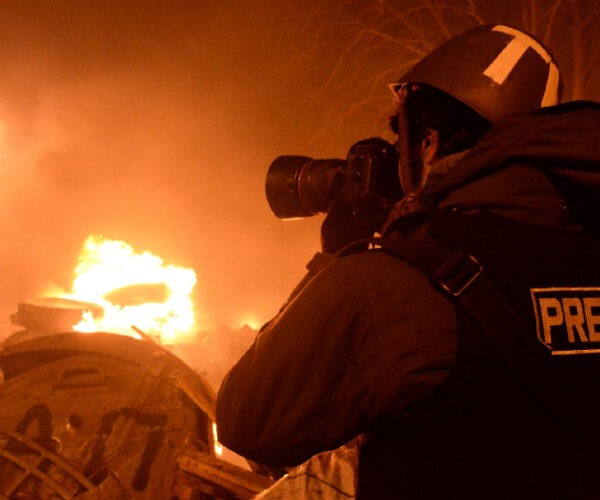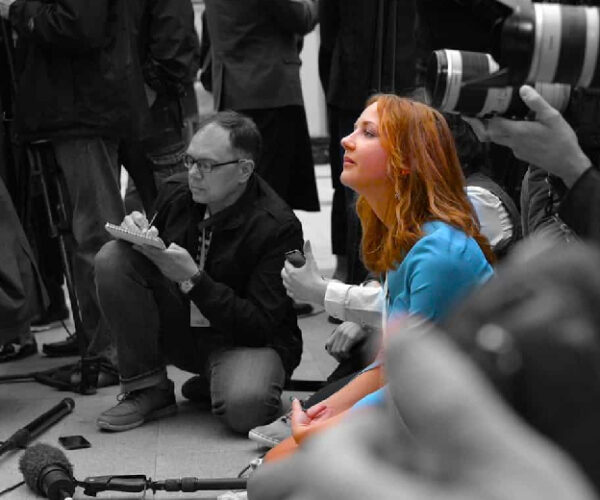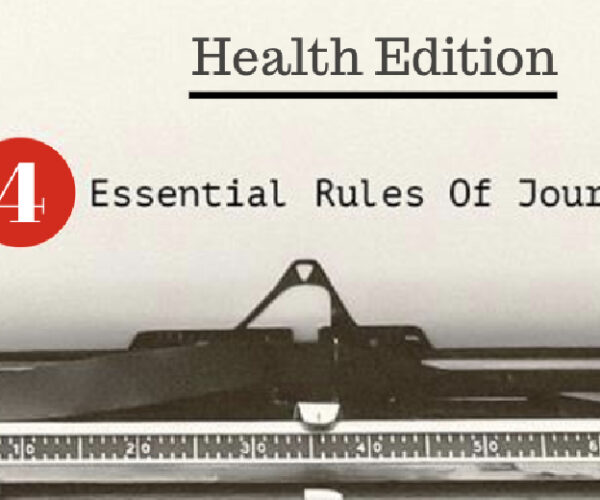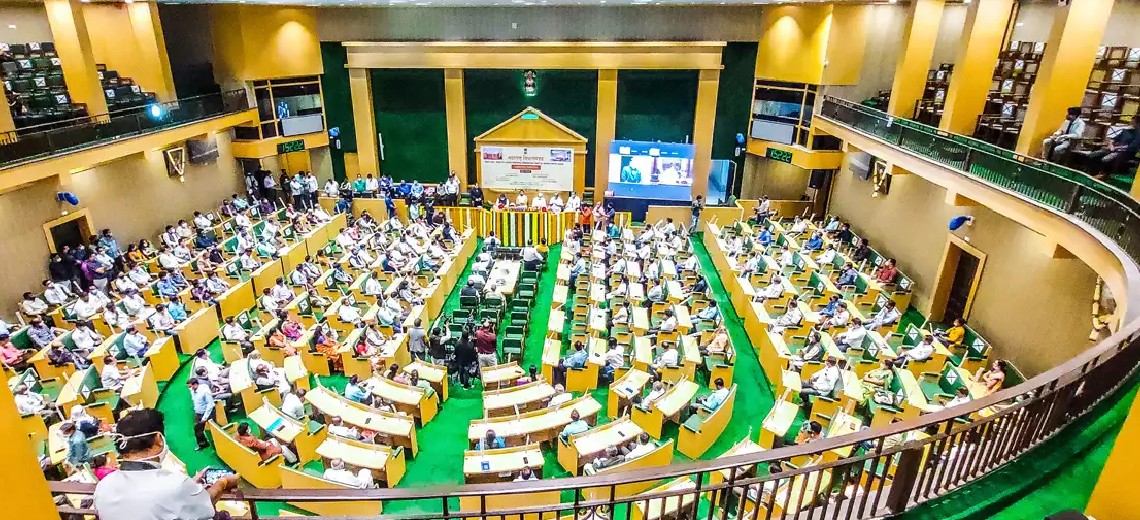Maharashtra State Legislature has passed a law protecting journalists and has become India’s first.
The consequence of a long campaign by journalists who have been attacked while on the job, as well as the MPC – Mumbai Press Club, which was backed by a committee called Patravara Halla Virodhi Kriti Samiti, which means an action Committee to stop journalists from being attacked.
Devendra Fadnavis, the Chief Minister of Maharashtra, alleges that journalists have become targets of violence, despite the fact that his government’s partners is at the front of the attacks. Media-related attacks on persons are now cognizable and not subject to bail under the Act, with cases tried by the judicial magistrate.
The Indian government has adopted a strong stance against people who commit crimes or violence against journalists. If they are not tried under other laws such as murder, anyone who commits, aids, instigates, or provokes any criminal attack will face up to 3 years in prison or a fine upto Rs.50,000 or both. This new rule also stipulates that journalists who register fake complaints will be prosecuted for their crimes.
Because there were no prior penalties before these amendments, the Indian govt’s cracking down on people that commit acts of violence against members of the media has continued; now, anyone who has done so could face imprisonment ranging from one year to three years, depending on the type of act and how severe it was deemed.
media institution is defined as “any authorized newspaper organization, media outlet institution, or other types of organisation that works for the purpose specified and is involved in creating mass electronic communication” under
Act of Indian Press Protection 1998.
Offenders must also compensate media individuals if they cause damage to their property, according to the Act. If an offender fails to repay this money within two months on the day on which it was imposed by the court, he or she would be responsible for all medical expenses paid by journalists.
The author of a newspaper story, magazine article, or book is typically referred to as such. They are frequently required to write pieces for a variety of newspapers and, on occasion, to serve as a publisher, live reporter, or cameraman in television production.
Violence on journalists is defined as any act that can cause damage, injury, or endanger the life of the journalist while they are performing their duties.
At Using sticks and stones to hit them in the head, causing brain injuries; making death threats if they do not quit working for news reporting in “troubled spots”; getting bombarded at their homes when they are sleeping at night; and intentionally lighting fires near Television channels where people work inside, making it difficult for rescuers to get close without being shot at.
Periodicals online, including national media or opinions published in the press, is explicitly included in the Act as newspapers. News-based media have a role, regardless of the channel via which they are disseminated: electronic devices are only one example of how technology may be employed in this way.
Parliament has passed the Indian Press & Registration of Books (P&RB) Act under Section 4A. Journals that “contain[s] any longer which is relevant from time immemorial,” such as old magazines; new versions/editions thereof, whether revised with material updates or not, including those compiled digital format; and other appears to work where information about their publication can be verified regardless of when they first appeared, are considered by the P&RB.
The new law has been criticised for repeating provisions of IPC. All Section 326 that deals with causing serious bodily harm deliberately, and Sec. 307, that deals with attempted murder have the identical requirements for the new legislation. In fact, current IPC Sections allow for life imprisonment, whereas the New Law only allows for prison terms.
In terms of stringers and freelancers, the situation is unclear. Those operating outside of metropolitan areas should be given special consideration, notably in terms of their inclusion in the Act.
Working as a freelance writer in rural areas might be challenging because you aren’t supported by any group or have access to the same professional networks as your metropolitan peers. Attacks against journalists are becoming increasingly common, but according to Reports (RSF) Without Borders, 2016 was the bad year for press freedom in recent history. The Committees Protecting Journalists (CPJ) claims that all 40 reporters have been slain in the course of work since 1992, ranking India 133 out of 180 nations and placing it high amongst these people with high levels of media freedom. This is in addition to individuals threatened, beaten, or otherwise intimidated.






